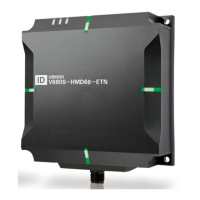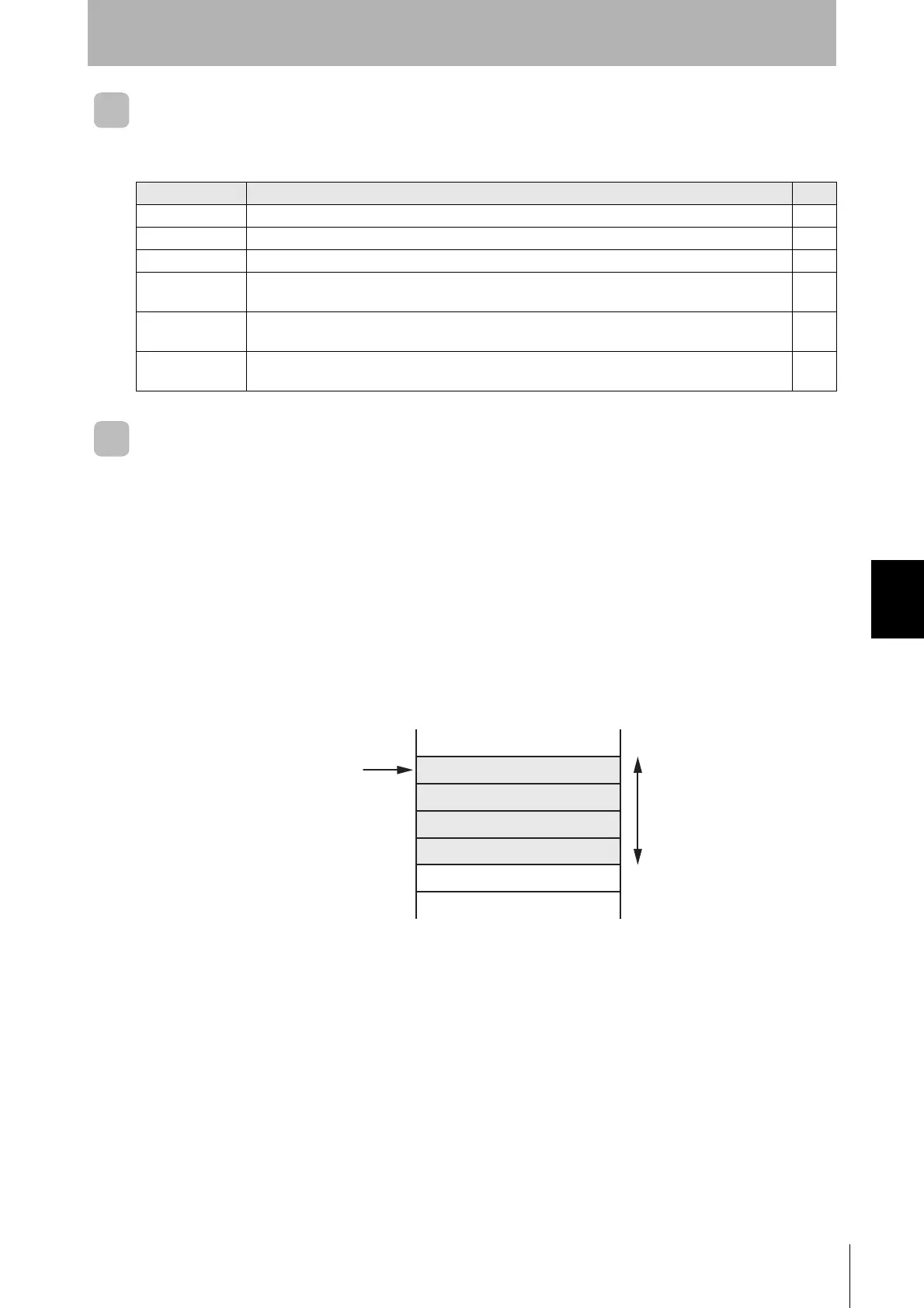How to fix Error code 70 or 72 on Omron V680 Other?
- DDaniel HughesAug 22, 2025
If you're experiencing Error code 70 or 72 with your Omron Other, try replacing the current ID Tag with a properly functioning one and resend the command.

 Loading...
Loading...
How to fix Error code 70 or 72 on Omron V680 Other?
If you're experiencing Error code 70 or 72 with your Omron Other, try replacing the current ID Tag with a properly functioning one and resend the command.
What does mismatch error mean on Omron Other?
Write control was not performed correctly.
What does frame length error mean on Omron V680 Other?
Command exceeding the maximum frame length was received.
What is a write protection error on Omron V680 Other?
A write protection area was designated with a WRITE command.
What causes a format error on Omron V680 Other?
The command from the host device was incorrectly formatted.
What is an overrun error on Omron V680 Other?
An overrun error has occurred in communications with the host device.
What does parity error mean for Omron Other?
A parity error has occurred in communications with the host device.
What does framing error mean on Omron V680?
A framing error in communications with the host device has occurred.
What to do if the error occurs again on Omron V680 Other?
If you encounter this error repeatedly, replace the Hand-held Reader Writer.
How to resolve Error code 7A on Omron V680?
To resolve Error code 7A on your Omron Other, verify the RD command address and resend the command from the host device.
General information about the manual and product, including safety notices and trademarks.
Essential guidelines for safe operation, installation, and handling of the Reader/Writer.
Guidelines to prevent operational failures, malfunctions, and adverse effects on performance.
Highlights key features like integrated structure, simple installation, and stable operation.
Detailed technical specifications for Reader/Writers, connector covers, cables, and RF Tags.
Guidelines for optimal RF Tag mounting, considering metal influence and mutual interference.
Diagrams and descriptions of typical system setups with one or multiple Reader/Writers.
Procedures for installing the Reader/Writer and making necessary connections.
Steps required to prepare the system, including starting the Reader/Writer and setting conditions.
Describes Run Mode and Safe Mode for Reader/Writer operation based on control signal.
Details on communication options (Once, Auto, FIFO) and methods with RF Tags.
Tool for diagnosing communication leeway for stable operation, displayed via indicators or web.
Explains Field Extension and High-speed Traveling modes for linking multiple Reader/Writers.
Defines the client-server communication mechanism using Modbus TCP.
Guide to accessing and utilizing the device's web interface for configuration and monitoring.
Configuration of network parameters like IP address, subnet mask, and gateway.
Details on fatal and nonfatal errors, including indicator status and causes.
Step-by-step guides to diagnose issues based on system conditions and error types.
Procedures for daily and periodic checks to ensure long-term product reliability.
Reference data on RF Tag communications range and time.
Guidelines for installing Reader/Writers, considering metal and mutual interference.